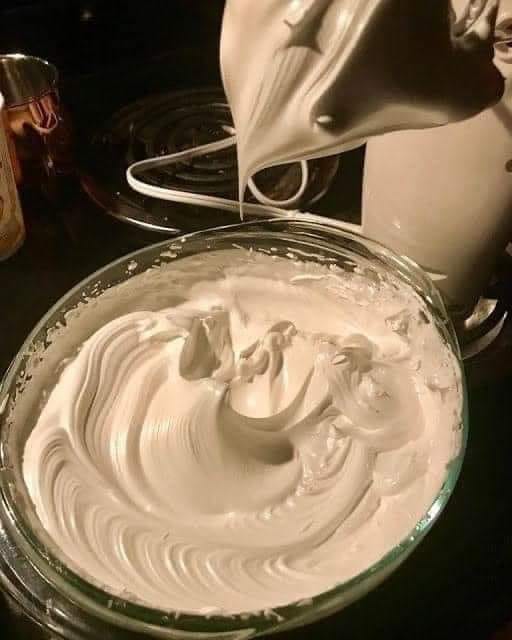1. Whip the Butter:
Start by beating the softened butter in a large bowl using an electric mixer or a stand mixer fitted with the paddle attachment. Beat on medium speed for about 3-4 minutes until the butter becomes light, creamy, and pale in color. This is a crucial step for creating a fluffy and smooth frosting base, so don’t rush it!
2. Add the Powdered Sugar:
With the mixer on low speed, gradually add the powdered sugar, about 1/2 cup at a time. This will help prevent a powdered sugar cloud from forming in your kitchen! Continue mixing until the sugar is fully incorporated into the butter, and the mixture starts to look thick.
3. Incorporate the Liquid:
Add 2 tablespoons of heavy cream (or milk) and the vanilla extract to the mixture. Beat on low speed until the ingredients are combined, then increase the mixer speed to medium-high. Continue to beat for about 2-3 more minutes, scraping down the sides of the bowl as needed. The frosting should become smooth and creamy. If you want a thinner consistency, gradually add more cream, 1 tablespoon at a time, until you reach your desired texture.
4. Season with Salt:
This step is optional, but adding a small pinch of salt will enhance the sweetness and balance the overall flavor of the frosting. Start with just a pinch, mix well, and taste-test. You can adjust based on your preference.
5. Adjust to Your Liking:
- For a Stiffer Frosting: If you’re planning to pipe intricate designs, you may want a thicker consistency. Add more powdered sugar, about 1/4 cup at a time, until you achieve the firmness needed for detailed piping.
- For a Softer Frosting: For a spreadable, silky buttercream perfect for frosting cakes, you may prefer a softer consistency. In this case, add a bit more cream or milk, 1 tablespoon at a time, until the frosting spreads easily without tearing the cake.
Flavor Variations:
This classic vanilla buttercream is incredibly versatile, but you can easily switch it up to suit your tastes. Here are some ideas to customize your frosting:
- Chocolate Buttercream: Add 1/2 cup unsweetened cocoa powder to the powdered sugar for a rich chocolate flavor.
- Citrus Twist: Replace the vanilla extract with lemon, lime, or orange zest and juice for a bright and tangy buttercream.
- Coffee Buttercream: Dissolve 1 tablespoon of instant espresso powder in 1 tablespoon of warm water, then add to the frosting for a delicious coffee kick.
- Almond Buttercream: Swap the vanilla for almond extract for a delicate, nutty flavor that pairs beautifully with light cakes.
Expert Tips for Buttercream Success:
- Use Room-Temperature Butter: This is key to creating a smooth buttercream. Cold butter won’t mix properly, and melted butter will result in runny frosting.
- Sift the Powdered Sugar: To avoid lumps in your frosting, always sift your powdered sugar before adding it to the butter.
- Beat Long Enough: Don’t be afraid to mix for the full 3-4 minutes at each step—this ensures the frosting is fluffy and aerated.
- Storing Buttercream: You can make this frosting ahead of time! Store it in an airtight container in the refrigerator for up to one week. Let it come to room temperature and give it a quick whip before using.
Why You’ll Love This Recipe:
This buttercream is rich and luscious with a silky-smooth texture that’s perfect for any occasion. Whether you’re frosting cupcakes for a birthday party or decorating an elegant cake, this homemade buttercream will elevate your desserts to bakery-quality perfection.
Bonus Tip: Want perfectly frosted cakes and cupcakes every time? Make sure to use an offset spatula or piping bag to apply the buttercream in smooth, even layers. For an extra professional look, finish with a sprinkle of colored sugar or edible glitter!
